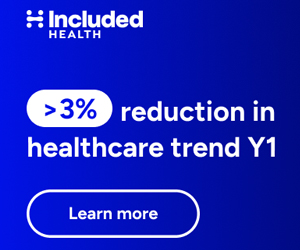THCB contributor Maggie Mahar returns today with another of her insightful pieces on the business of healthcare. If you haven’t yet done so, you are hereby commanded – yes, as in that’s an order – you should go pick up your copy of Money Driven Medicine: The Real Reason Healthcare costs so much, Maggie’s recent study of the forces at work in the healthcare marketplace.
Consider
this: In the San Francisco area, a nurse with a bachelor’s degree can
hope to start out with a salary of $104,000. The salary for a nursing
professor with a Ph.D. at University of California San Francisco starts
at about $60,000.
This goes a long way toward explaining why nursing schools turned
away 42,000 qualified applications in 2006-2007—even as U.S. hospitals
scramble to find nurses. We don’t have enough teachers in nursing
schools and the fact that the average nursing professor is nearly 59
while the average assistant professor is about 52 suggests that, as
they retire, the shortage could turn into a crisis. The most recent issue of JAMA (October
10, 1007) reports that in 2005 we had 218,800 fewer nurses than we
needed and by 2012, it’s estimated that we’ll be short some 1 million
nurses.
Hospitals have had to raise nursing salaries (as well they should),
not just because nurses are scarce but because, in our chaotic hospital
system, the work can be extraordinarily stressful.
Nurses know better than anyone just how many “adverse events” occur each day –even in the most prestigious U.S. hospitals.
“I’m terrified of killing someone,” one young nurse confided to me
about a year ago. After working in a hospital in Bermuda for a number
of years, she was bored, and had come back to work in New York, where
she had friends and family. She had worked in New York before, but she
wasn’t at all sure that she would stay. “In our hospitals, it’s just
too crazy,” she said.
Her story also sheds light on why nursing professors are willing to
work for $60,000 a year when they could, no doubt, more than double
their salaries if they were willing to wade into the fray at local
hospitals.
Continue reading post at HealthBeat











